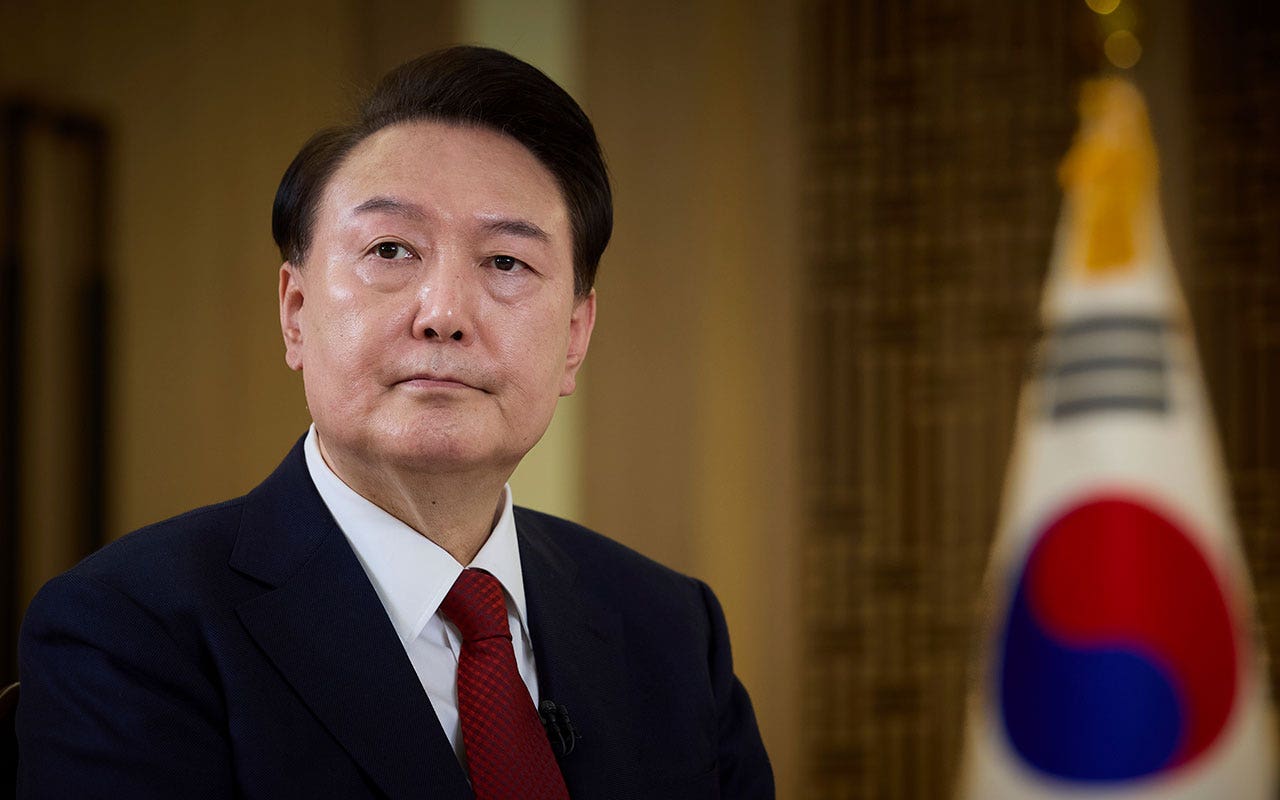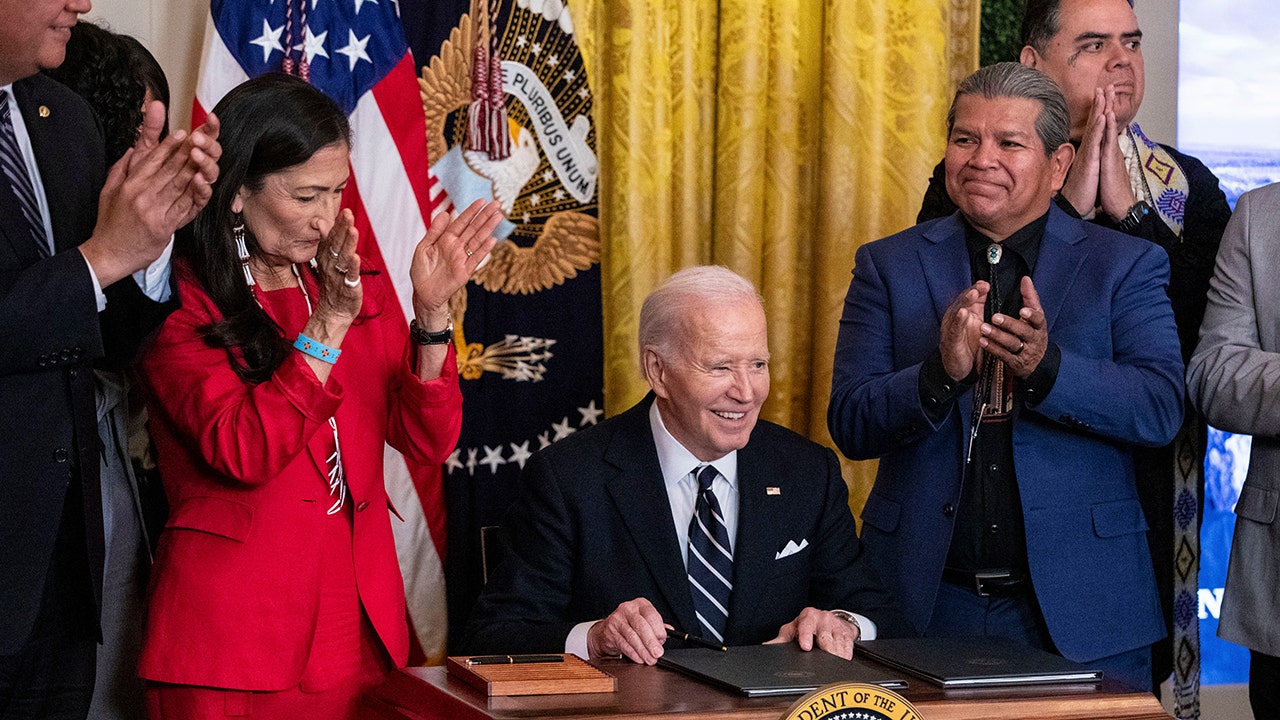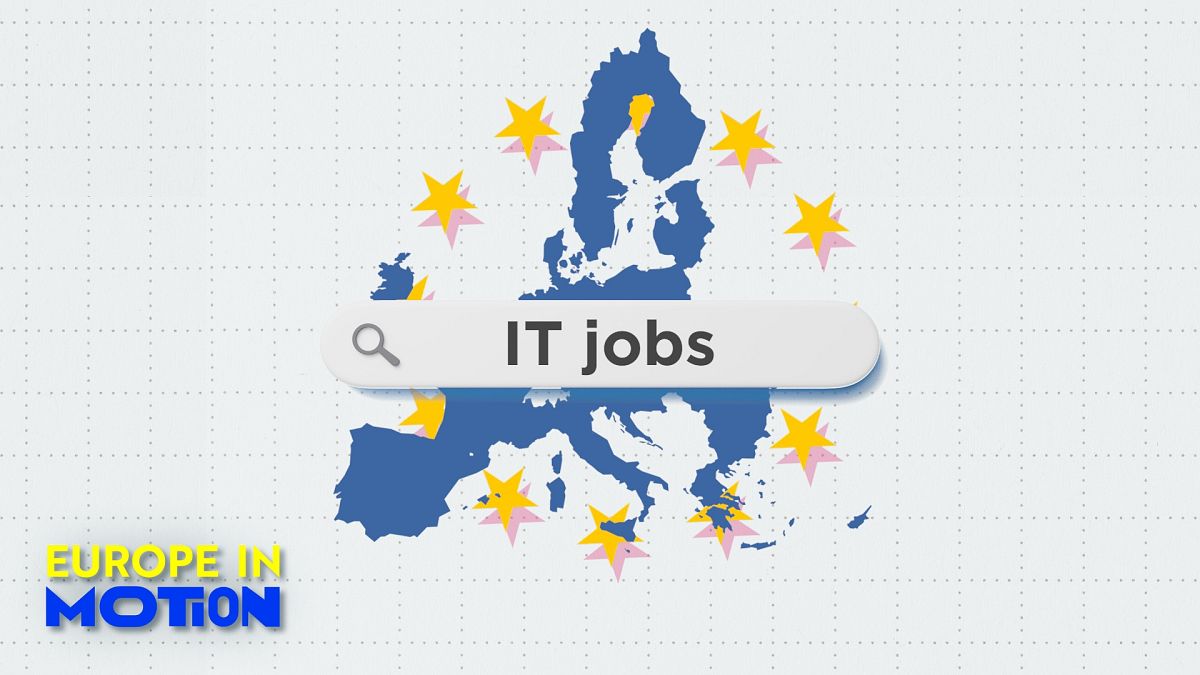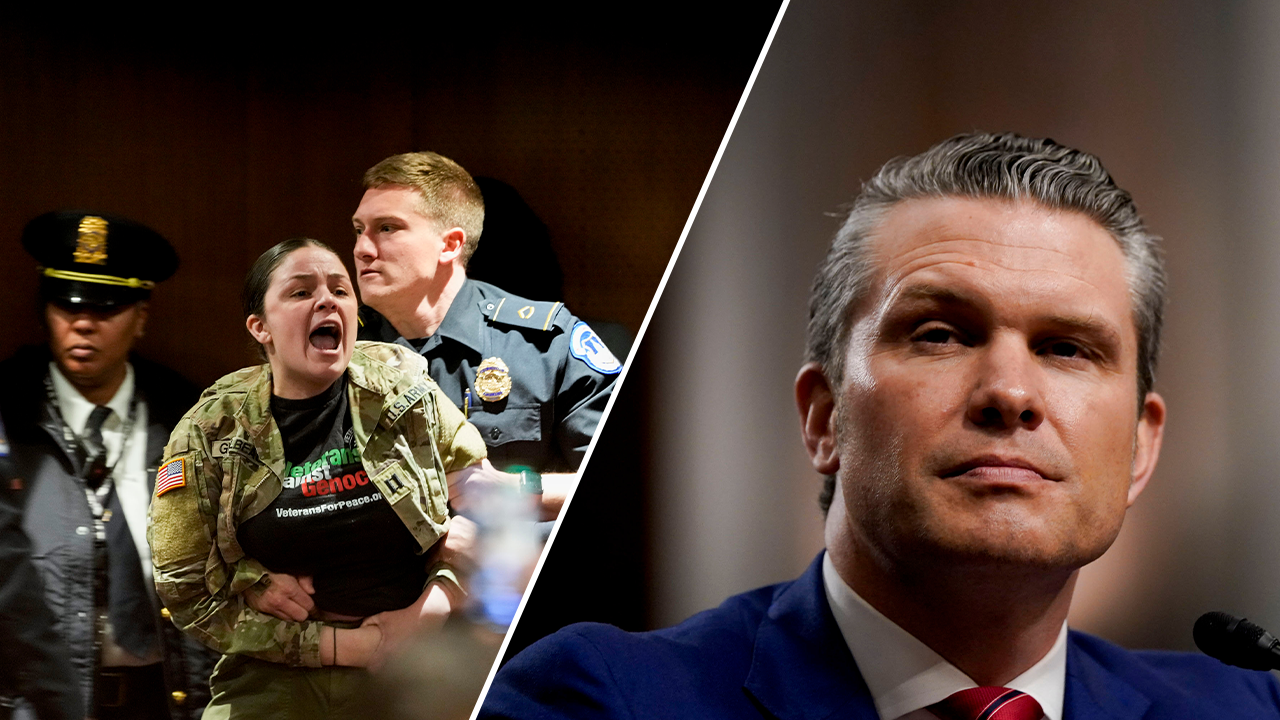The Israeli military has launched a large-scale raid in the occupied West Bank, killing at least nine Palestinians and sealing off a large refugee camp in the northern city of Jenin.
Israeli forces, including armoured carriers, bulldozers and infantry, were seen surrounding the Jenin camp, a hotbed for Palestinian militancy, and closing off the area around a nearby city. Residents reported snipers, drones and intermittent gun battles in one of the largest incursions into West Bank Palestinian cities in months.
The Israel Defense Forces also carried out at least two drone strikes, including on a house in the Nur Shams refugee camp, near the Palestinian town of Tulkarem that abuts a major Israeli highway and villages, and the other in the Jordan Valley. Israeli drone attacks have become an increasingly common occurrence in the West Bank, killing dozens since Israel and Hamas went to war in October, according to UN data.
The IDF said the strike near Tulkarem killed five men, including one released in a November hostage-for-prisoner swap, describing them as being involved in manufacturing explosives.
The Palestinian health ministry said three more people had been killed in a separate drone strike on a car about 10 miles south of Jenin, a restive Palestinian city that has been raided several times by the Israeli military in recent months.
Two residents in the Jenin camp told the Financial Times that the area had again been sealed off from the rest of the city by Israeli armoured vehicles, and that drones could be heard overhead. The IDF denied that any of the areas being raided had been sealed off.
A Palestinian health ministry officials, speaking by phone, said at least a dozen more injured people had been taken to local hospitals with bullet wounds, with more trapped within Jenin because ambulances were being blocked at the camp entrance.
The ministry also said that Israeli forces were operating near a Jenin hospital, but the IDF said it did not intend to take over the medical facility.
The IDF said it was in the “first stages” of an operation, and was acting in self defence to thwart attacks directed at Israeli civilians.

Nadav Shoshani, an IDF spokesperson, tied the raids to an overall attempt to prevent Iran from funding and supporting Palestinian militants. He also said he was unaware of any efforts to force Palestinians to evacuate Jenin, a measure urged by foreign minister Israel Katz on Wednesday.
Israel has carried out repeated raids across the West Bank during 10 months of war with Hamas in the Gaza Strip, as it tries to clamp down on increasing militant activity by the Islamist group. Hamas has seen a resurgence of its popularity among Palestinians in the West Bank, which is run by the secular Fatah, a Hamas rival.
At least 600 Palestinians have been killed in the West Bank since October, including 11 killed by armed Jewish settlers and the rest by the Israeli military, according to UN data. At least 30 Israelis have been killed in the West Bank in the same period, the Israeli military said.
The hostilities erupted in Gaza after a cross-border raid by Hamas militants who killed 1,200 in southern Israel, and took at least 240 people hostage, according to Israeli officials. More than 40,000 people have been killed in the war that has shattered the coastal enclave, according to Palestinian officials.





/cdn.vox-cdn.com/uploads/chorus_asset/file/23382327/VRG_Illo_STK022_K_Radtke_Musk_Twitter_Upside_Down.jpg)














/cdn.vox-cdn.com/uploads/chorus_asset/file/25822586/STK169_ZUCKERBERG_MAGA_STKS491_CVIRGINIA_A.jpg)

/cdn.vox-cdn.com/uploads/chorus_asset/file/25821992/videoframe_720397.png)



